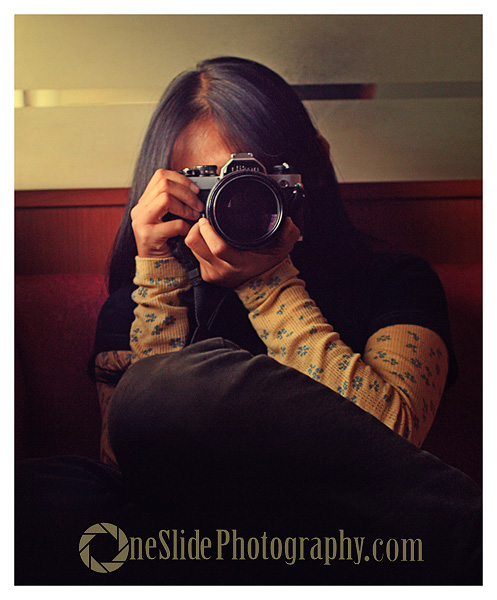
Photography cameras, point-and-shoot and DSLRs alike, are now quite common in everyone’s inventory. More affordable technologies and ways of showcasing the results are now plenty and more varied. It’s no wonder that now photography has become a hobby for many people. But the desire to learn the crafts of photography properly does not increase with the growth of the population of photography hobbyists. Here are some tips to better get you started in self-teaching yourself the arts of photography:
1. Know your camera.
Familiarize yourself with every function of your camera, so you can maximize the performance. Adequately familiarize yourself with your camera by reading the camera manuals. If yours is a used camera with no manuals included, then search for an online version of your camera type (quite a few DSLR manuals are available in this very website). Next, take your camera out and photography anything you find interesting. The more you shoot, the more you’ll understand the character of you camera and the functions of each button on the camera body.
2. Shutter Speed – Aperture – ISO
Learn these three most fundamental aspects of photography; these being the shutter speed, aperture, and ISO functions (exposure triangle of photography). Pay attention to its use and understand their relationship with each other. Study these 3 points until you truly understand before trying to learn any other techniques in photography, because these three are the fundamental basics of achieving a good photograph.
3. Study composition
An interesting composition will create a nice effect in your photograph. Composition techniques are basically techniques in placing objects at the “right” spots within the photo frame depicted on your camera’s viewfinder before you press the trigger. Consult another article for the basic techniques of composition.
4. Gather as many reference as possible
There are plenty of references available to start the learning process of understanding photography. These may be in the form of books, magazines, e-books/pdfs, or from photographs on the internet. View and examine photographs that are much in demand by today’s society. Or view photographs of photography competition finalists. You can also find references from photojournalistic news sites such http://boston.com/bigpicture. When you find photographs that speak to you, try and reproduce it with your own camera added with your own twists and visions.
5. Do not get lazy!
Sometimes when we start to self-teach ourselves the ways of photography, laziness starts to set in. How can you overcome this forsaken feeling of wanting to give up? Check out another article on the site for details on how to overcome your laziness.
6. Keep practicing and share your results
Without practice, all that you’ve learnt will be in vain. This is also true with sharing; without sharing with friends and asking their opinions, you will never know your points of photographic weaknesses that you need to strengthen. Join online communities and learn from there. But if you feel that your knowledge suffices, do not linger too long in these websites. Go out into the real world and promote your results there, commercialize your work, and be a professional photographer.
If you are interested in exploring the craft of photography further, then you may be able to join a photography community or a formal learning institution of photography. Have fun studying, exploring and experimenting; and enjoy the beauty of your photographs.
















